

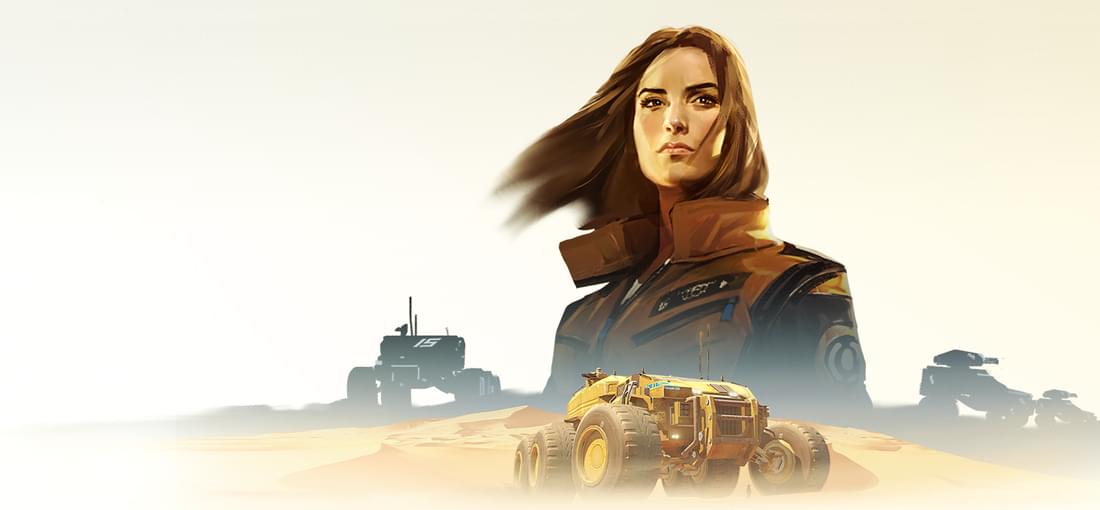
This title is a prequel to the famous Homeworld RTS series. Visually it borrows the game mechanics of its predecessors: scanner view, unit icons, carriers. But the theater of action is now on land. Cons: — I had been having a weird feeling I already played something like that in the past. Mobile manufacturing base? Updates for artifacts? Ah, yes! That's the titile-killing Command & Conquer 4, incarnate; — The computer AI. I mean, lack of thereof. That is what it is programmed to do: (1) attack with strikecraft (2) reinforcements (3) armor (4) railguns (5) air (6) cruisers (7) sit and wait to be killed. Even in FFA all of them still engage /you/. Sometimes able to send resourcing operations, but usually not; — The campaign. Nurture your units, avoid losses, hoard res. The only thing keeping AI afloat is an endless stream of free reinforcements. Sounds familiar? That's Command & Conquer: Tiberian Dawn, early 90s; — The story is told nicely but is so short and weak (by Homeworld measures) they had to release an 'Expedition Guide'. In HW1-2 we got to visit amazing places and meet astonishing entities. Here we visit desert with more rocks, desert with less rocks, desert at night. And meet cliché crazed cultists (it's somewhat fun to realize they were right all along, though); — Programming level: below average. Load times: crazy. Several bugs. There's a physics engine, it often looks ridiculous (under artillery fire light units do... imagine a rubber ducky in a washing machine). Multiplayer crashes; — Global multiplayer is dead (defunct?); — Campaign difficulties: easy, very easy, obnoxiously easy. Cons: — Great job on audio. Battle chatter is cool. The music is "Genuine Homeworld", hand composed for every mission to feel right; — Height advantage and veterancy mechanics are interesting. Rating motivation: music and sound meet the expectations. Visuals are decent. There are traces of work in other directions, but weak and unsuccessful. Brings nothing new to the genre.
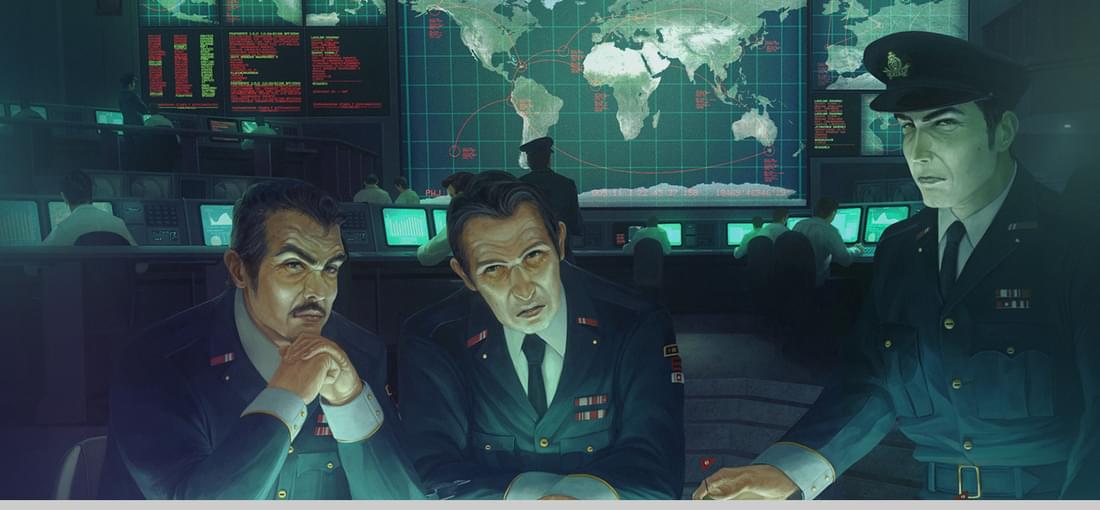
This game aims to be a devoted remake of X-COM: UFO Defense. PROS: — The bestiary is true to the original and somewhat predictable, but not boring; — Carefully added new mechanics (reaction fire modifiers, suppression and assault shields) make tactical combat deeper, but preserve the original feel; — The lore tries to be science fiction, theorizing on how the devices are possible from the scientific standpoint, not barely stating how cool they are; — Fighter aircraft role split into interceptors and strike craft in the strategic part; — Most routine maintenance and logistic problems are out of the picture. CONS: — The atmosphere! ...is completely lost. The feeling of dread is gone. In X-COM we used to capture engineers and medics to get to know the threat, explore horrifying harvesters and terror ships. Here, there is one type of UFO (in tactical) coming in half a dozen sizes. Inside? 3-4 types of items that fetch a price + alloys + energy. The rest are dumb props to hide behind. In short: somewhere mid-game I felt I'm grinding for money. The original X-COM series never felt like a grind. Some deep, important aspects of the game seem to have been ruined by extreme focus on core gameplay; — Software engineering is horrid. Assets are 10000+ png files. Black and white squares. Mid-turn crashes. Threw a grenade with 110% hit probability and missed. Fired a magic rocket that disappears and forces everyone to skip a turn. Had (-2^32) hangar slots. Save games are plaintext+binary!.. — Lack of interesting appliances in tactical. Everything either shoots or explodes; — Air combat. Felt like a triumph of human technology in X-COM. Here, it's an 'evade-fire-evade-fire!...' chore. Reminder: UFOs are all the same; — Music. Well, there is music. RECOMMENDED: — Those, who would like to revisit X-COM: UFO Defense. NOT RECOMMENDED: — Newcomers to the genre (redirected to the original with mandatory OpenXCOM); — Those who seek better tactical (redirected to X-COM: Apocalypse).
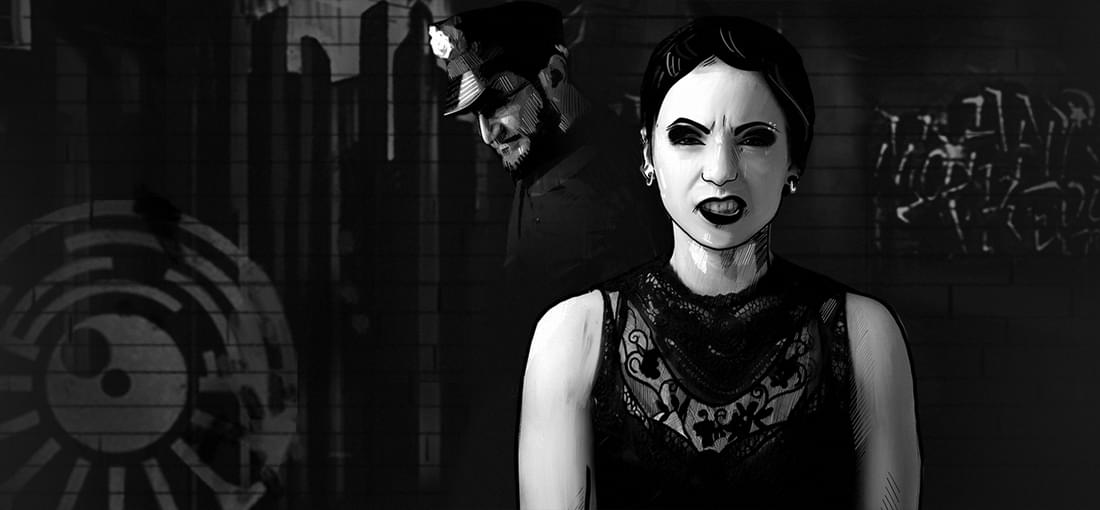
In this title, the core of the gameplay is to interrogate several suspects, trying to frighten (and/or) conciliate them enough to get the information you need. Your options are pre-set; so you may choose from a suggested list. A poor pick may make the following interrogation more difficult or even impossible. Typically, you can ask a limited number of questions before you run out of "time". You are free to restart at any point, though. All the interrogations are connected with a single grand story. Between the interrogations you have to manage your department and interact with your team and other characters. Pros: — The words and emotional reactions of the suspects are believable. They are definitely written with enough knowledge in the subject field. So is the main story; — The atmosphere is deep and complete. The look and feel are consistent; — The main plot is moderately intriguing. Cons: — The interrogations are story-driven. The storywriters have already decided how every dialogue goes, and you just reasonably follow along. The question options are few and specific enough to feel you're following the plot rather than "doing this your way". There's no way you're missing something, or getting some extra info if you're good; — The non-interrogational part is story-driven either. Everything you see or do there has a low impact on the interrogations and no impact on the story. You CAN screw the game by deliberately mismanaging, though… Rating justification: — Splendid atmosphere; — Met most expectations; — Designed by knowledgeable people; — Too little freedom for the player. Feels pretty much like a visual novel. Strategic and managerial elements are primarily atmospheric. Recommended to: (1) those who saw the screenshots and got interested (2) detective story lovers; Not recommended to: those who don't like reading, analysing, thinking of reasonable choices.
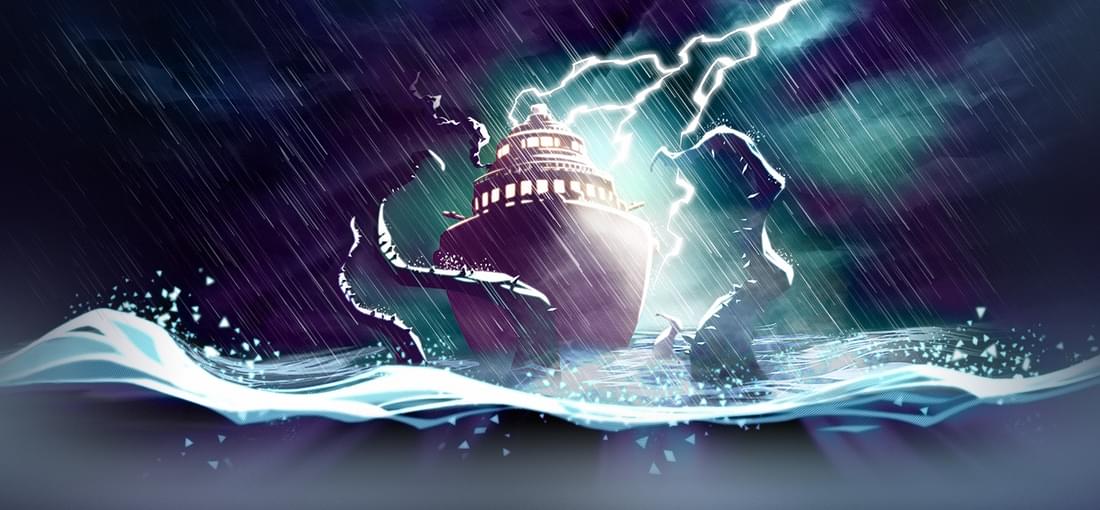
This is a turn-based role-playing game set on a cruise ship disappearing into the realm of Dread. It turns into a 20-level maze. Everyone lost to the maze will reappear the next day, never knowing what happened. Everyone but you. Finding yourself at a safe place every morning, you retain your memories and items*. So, you begin your quest to understand what happened (IS happening)—and stop it. There are others trapped aboard the ship: bright and peculiar personalities. If you guess their agenda while chatting, you have a chance to convince them to join you. The agenda is not always straightforward: ex., some despise flattery or personal questions. Once they join, you can take them along to clear ship decks, one by one. You can lead up to 2 other members, and the party is fully controllable. You are the key character, and with your death everything and everyone gets lost (we're not playing on 'Easy', are we?). It is very weapon-centric; there's only 1 non-weapon slot, it may have either an enhancing accessory or some armour. The item system has rarity, like in Diablo. There are immunities and resistances to weapon types (may become curious tow. endgame; like, "immune to everything from the front"), so having a diverse array of adequately powered weapons is the key. Pros: — Hardcore and definitely not easy; — Interesting resource management. You want healing? Repair a weapon or armour? Level up? Pay up! — The tactical situation has enough complications to be interesting. Gradually throws in new mechanics and enemies, giving a different feeling; — Fun weapons, mysterious story, creepy monsters, serene music and the perpetual storm contribute to the atmosphere. Cons: — Interface problems. 'Esc' not working as expected. Easy to miscast a weapon or a skill; — Monster tactics are somewhat primitive; — The Russian translation is horrid and can't be switched off; Recommended to: turn-based RPG lovers; Not recommended to: guns-blazing fast-action fans. There is none here.
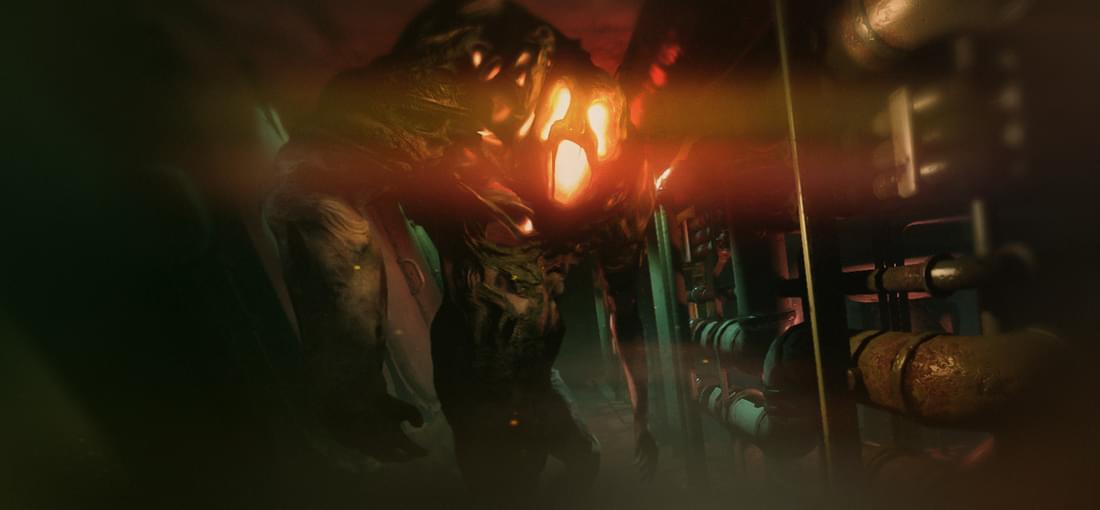
This title is about escaping a ship with a monster on the loose. So, one man, one monster and the immense empty container ship. The ship is 9 decks high and quite long. While the overall structure of the ship stays the same, the floor plans are generated randomly every time, making some places more dangerous than the others. The goal is simple: find a mean of escape, locate the parts you need to make it functional, use it while you're still alive. Pros: — The monster is alone, just as you; slower than you and dumber than you. So, your main enemy is fear itself. This makes the game a "true" representative of the horror genre. No disgusting pieces, dementia and intentional jumpscares—only your fears (+mistakes); — Monster scripting works well on the overall atmosphere: the monster always feels where you are, but never knows for sure. So, the pressure on the player persists, but does not make the thing impossible; — Lack of any save game features makes your decisions feel like real decisions. Cons: — While there are three different monster types, they all play "by the same rules". Once you know the rules, the monsters no longer seem really unique; — Random item distribution affects the game a lot: some runs might take 7 minutes or so, while others may last for hours: "aw, look, here's that monster once again"; — The potential of some items (welding kits, smashables, fuses) and locations (the main vent at Deck 0) feels lower than it should be; — What we call 'The Bug'. It seems, the programmers used a floating-point variable to store the player position. As such, it accumulates error over time (even when paused). After 5 hours the player is usually floating half a metre above the floor. Rating justification: — Met expectations; — Memorable; — Well-designed; — Pros outweigh cons. Recommended to: those, who read the description and felt interested; Not recommended to: those who find the idea of stumbling face to face with the monster behind a corner to be "too much".
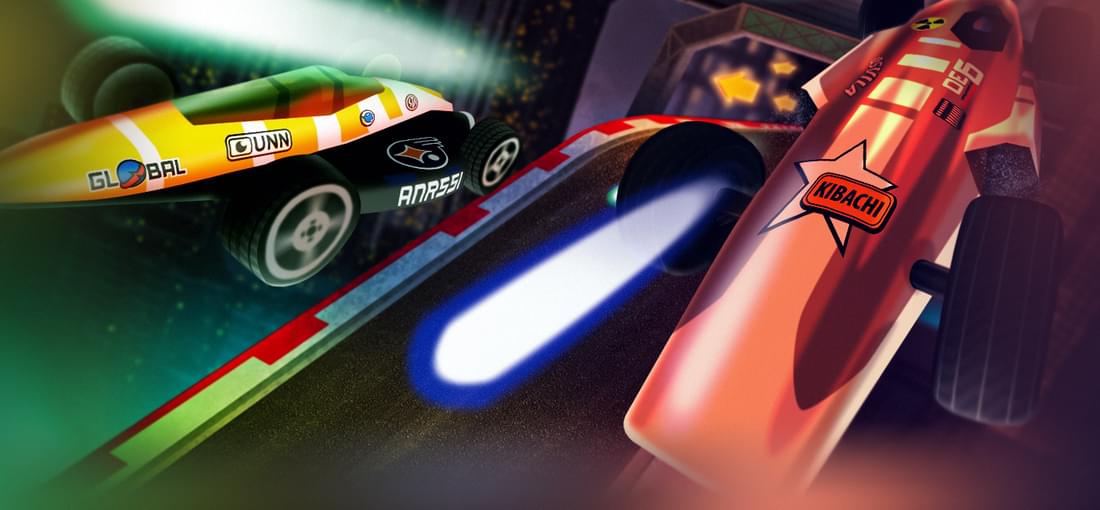
This title is a deathmatch racing simulator set in a fictional future. Four corps of racers compete in a series of tournaments spanning 4 racing complexes (of increasing difficulty) each with 3 tracks (of increasing difficulty). Each corps drives their own type of vehicle, emphasizing either speed, handling and acceleration, combat ability or nothing in particular. The race tracks are suspended in the air, with many crazy tilts, jumps, bumps and tight turns. You fall down—you are teleported back up with half the speed. You're destroyed—it's all over. Apart from the main weapon (you may charge it up by holding the 'Fire' button) there's a number of powerups (missiles, shields, mines, booster, repair kit) placed along the track. You may carry one and deploy it at any time. Pros: — Brilliant graphic and sound FX. This looks great even now, but back in 1998 that was marvellous. Destroyed cars have their reactors go into meltdown, overload and detonate with a blinding flash of light; — Manoeuvring and landing killing blows feels great. The intricacies of racing tracks makes driving more interesting; — Different types of vehicles give a new dimension to the game: the "leave everyone behind" motto of the speeders does not easily come on terms with the "leave no one ahead" motto of the heavy-hitters. — Challenging; you must have the knowledge of the tracks and the feeling of your vehicle controls before you can actually expect any results. Cons: — The opponents have trivial AI. They fire and use power-ups lazily, haphazardly and ineffectively; never make mistakes, always follow the optimal trajectory, but have their top speeds capped. As such, either speeders or speed/acceleration balanced AI racers always win (depends on the track). Rating justification: — Extremely pleasant and memorable; — Challenging; — Cons do not have a severe impact on the overall impression. Not recommended to: those who dislike action games; casual gamers; Recommended to: everyone else.
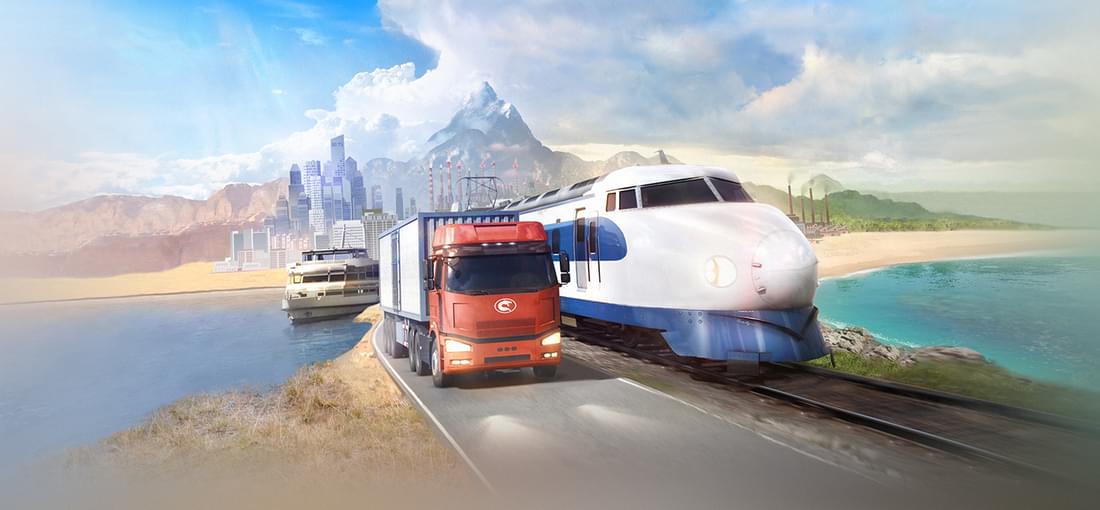
In this title we have to organize the logistic network in an area with a few cities and a bunch of industrial facilities: some extract natural resources, the others process them and produce goods. Whenever there is supply at one end of the transportation chain and demand on the other—a shipping line forms (IF you provide the transport). A well-stocked city grows (up to several times the initial size). Pros: — Immense attention to details: nameplates at stations and docks, line and stop names on buses. Clocks show real time, trains and boats give a hoot at departure, cars use brakes and turn signals, planes use rudders and thrust controls. The world is a pleasure to watch. Great care has been taken to reproduce the authentic interior and exterior of vehicles; — Almost seamlessly zoom in to see a woman in a passenger car near a heater or zoom out several kilometres away from the surface; — The train scheduling and supply chain planning automatics handle everything I throw on them; — I liked the music a lot. Cons: — Not a hint of balance: the land transport is the most flexible, accessible and cost-effective (an outrage!). Then goes sea, air and—only then!—railroad (4 times as expensive). "Still shipping wood by rail? — Consider a jet!"; — Time is measured in two ways: "real" time and "calendar time". The latter is only used for technological advances and quarterly income/expense reports. As some lines take months or even years to yield once, *most financial indicators display unreliable values*! — You have no competition; industries have no alternatives! A monopolistic utopia! — The music is memorable, not monotonous, so it definitely needs more tracks. Also, there are "historical" remixes, but they are not in the free play (why?). Rating justification: — Met expectations; pleasant to play; — Exceptionally well engineered; — Game design level very low; Recommended to: all managerial game lovers; Not recommended to: competitive gamers; lovers of fast action.
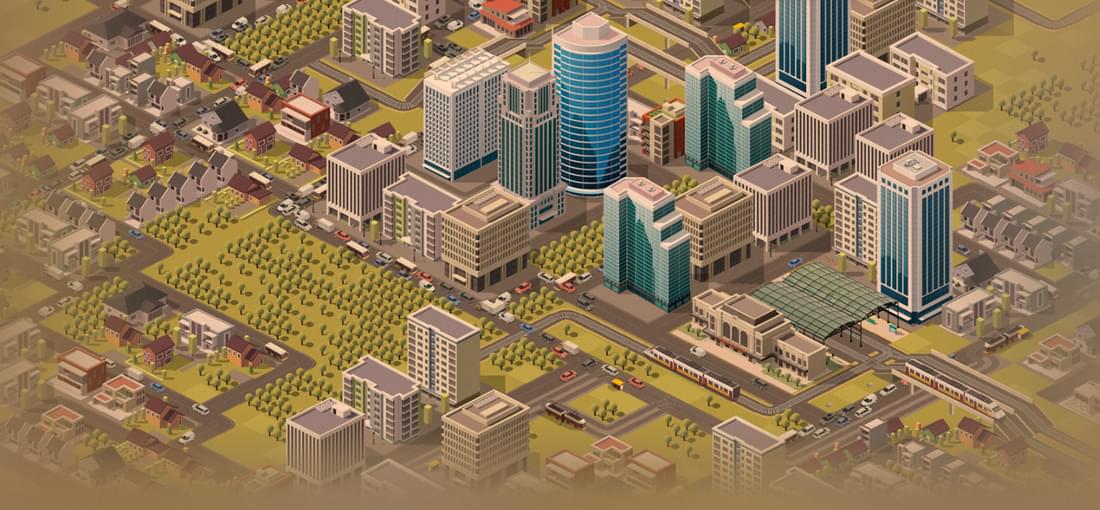
The title was expected to be a fresh start on SimCity 2000, incorporating all the good things from its predecessors along with some additional polish. Here is what we do have: Pros: — The simple and adorable graphics looks good; — The music is fitting and non-distracting. There's not much of it, though; Cons: — The work of city services is not simulated(!). Example: the police coverage is determined not by number of crimes or patrols on the spot, but by proximity (linear!) of the police dept. So, any given service does in no way interact with the city as a system(!); — It is more difficult to congest traffic than to avoid congestion. A single road through the whole city is never congested. Buildings demand a road, but do not need this road to be connected to anything; — All the SimCity chores are lovingly gathered here: empty buildings are to be bulldozed; water pipes—hand-placed; power lines and zone buildings are not removed automatically, but roads (?!) are. Buildings in the fresh zones are erected haphazardly and often with no power access; — Instead of markers and indicators: the "Mailbox". It quickly accumulates piles of spam. No power/water/… capacity indicators. No income indicator (an outrage!); — No goals. Fully linear. At start, most options are locked and become unlocked the moment they become viable (or the moment no one longer cares). Very low upkeeps. Unhappy citizens pay less taxes (oh I wish I could!), but very reluctant to move away; — Most CPU time is spent (wasted) on graphics: it slows the simulation 20–30 times for a developed medium city. The resources needed for the simulation itself are negligible. Rating justification: — Lacks depth and sophistication of the simulation; — Fully linear; Provides no challenge; — Did not meet expectations; — Lacks novelty and points of interest; — Poor UI, suboptimal graphics. — Overpriced tenfold; Recommended to: casual gamers who love calm and undemanding sandboxes. Not recommended to: anyone else.
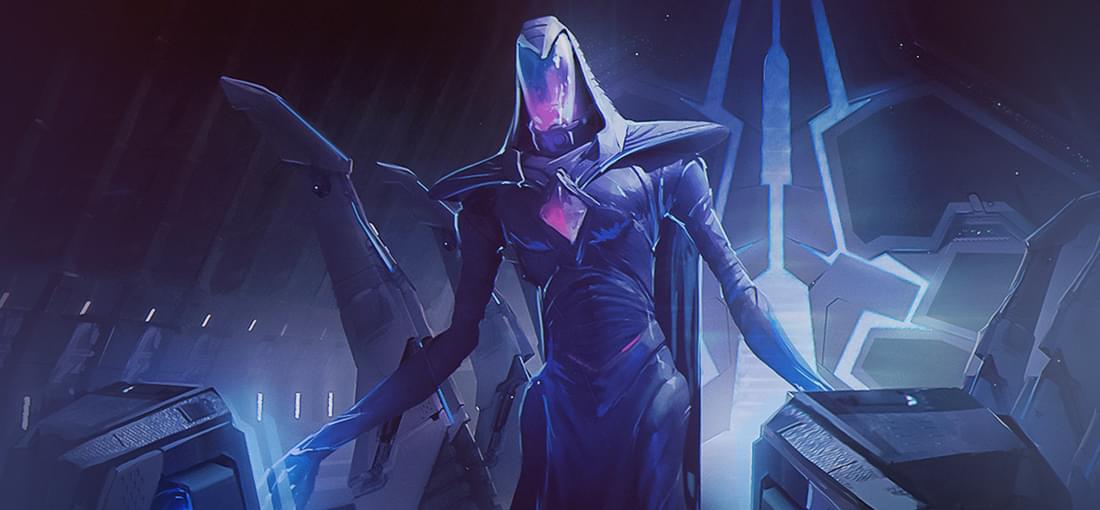
"What I kill stays dead" <Diablo II Assassin; about Blood Raven> This was the most expected game for me, even though I knew it had 98% chance of being finished off with a one strong high precision crush. So, when I had the chance to buy it and play, I prepared a keyboard and a blank file to remember any pros or cons I encounter, and then post them as a review. I abandoned that idea when cons overflowed the second A4 page. Here is the short formula: this game is as good as it could be with a designer as a game developer, not an engineer. Here are the highlights: 1. The start of the game. You have 2 scouts and a settler. You travel around the map, find tribal encampments and get gold, tech and additional scouts for finding them first. Then you build a worker and start building improvements. In case someone's still wondering, the gameplay is charcoal-copied from Civilization. I'm not saying "inspired by", nor even "replicated" or "remade". "Charcoal-copied"; 2. A scientist produces 1 point of science. Why? Right — to make the value go real with ANY modifier; 3. Mass Driver has 10 DPS (not the actual value). Cool, how much is that vs. the Class I Field? 9? 3? 0? 4.5? All these are possible. With the fire rate we COULD calculate it, but I'm not sure they gave us the rate of fire; 4. Technology screen has 98% fancy painting and 2% useful info. As you may have guessed, you must mouse over to get it. Why bother? — says the screen — It's not worth it! He is right; 5. Ships have no individuality (used to be the keystone of the MoO series, right?). They are like resources, counted in numbers. 6. Most technologies are available, ALL key technologies are availabe, all races play the same. 7. The best one for the last. Assume you are firing a torpedo at moving target. A nasty equation system has to be solved, that oft yields several answers. Which one to choose? Maybe, one at random? Wondering why is this relevant? You must have never seen ships firing torpedoes backwards!
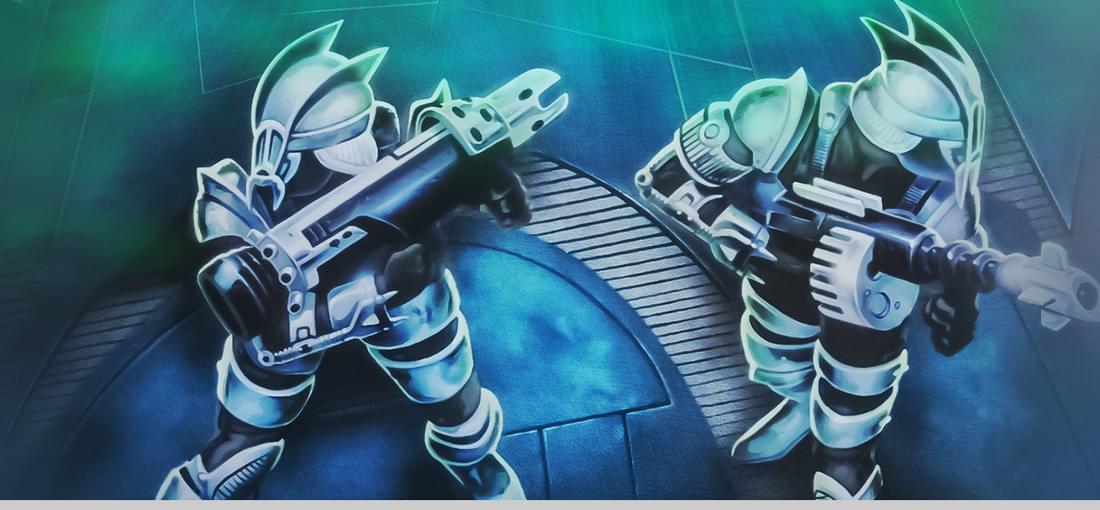
I see a lot of people saying 'it is an undesevedly forgotten jewel' in the classic UFO series. Well, the jewel has actually been forgotten for a number of strong reasons. The first and the most important: the game has a degenerate economy model. That means, that your welfare is based upon quantity, not quality of your actions (the ensuing gameplay is widely known as 'farming'). Instaead of fighting the alien infestation, you rai the local gangs once every 15 minutes (game time scale is days—weeks—months) to ransack them and sell their belongings to the market. The idea with a lot of different acting forces (organizations) gives an impression of 'there is a lot of cool stuff we wanted to implement, and implemented none of it'. Being at war with most organizations is the same as being in peace with them (with a handful of exclusions). Raiding a vehicle factory won't give you fuel of vehicles, only the equipment of their fallen defenders (why be hostile then?). Forging alliances gives you nothing at all (so why forge them?). You can just use artillery to decimate enemy's belongings, but they will rebuild (regardless of their financial status, they may owe 10000% their annual turnover and still rebuild, and you'll get penalized for decimating them. There are some air combat options, but they seem irrelevant (but still affect the level of destruction, as it is normal for your airforce to hit everything they should not with their arsenal). So, the strategic improvements are really an empty shell, witha lot of undeveloped thoughts underneath. Bestiary and lore are well-made, rather oppressive, interesting to get. There are creatures you will fear, you will hate. Totally in line with the original series, maybe a bit better. Tactical combat is a definite step up, with a lot of new features, mostly positive. All in all this is a lacking experience. Tactical combat and bestiary are rather good, but the most promising strategic part falls 95% short of my expectations.